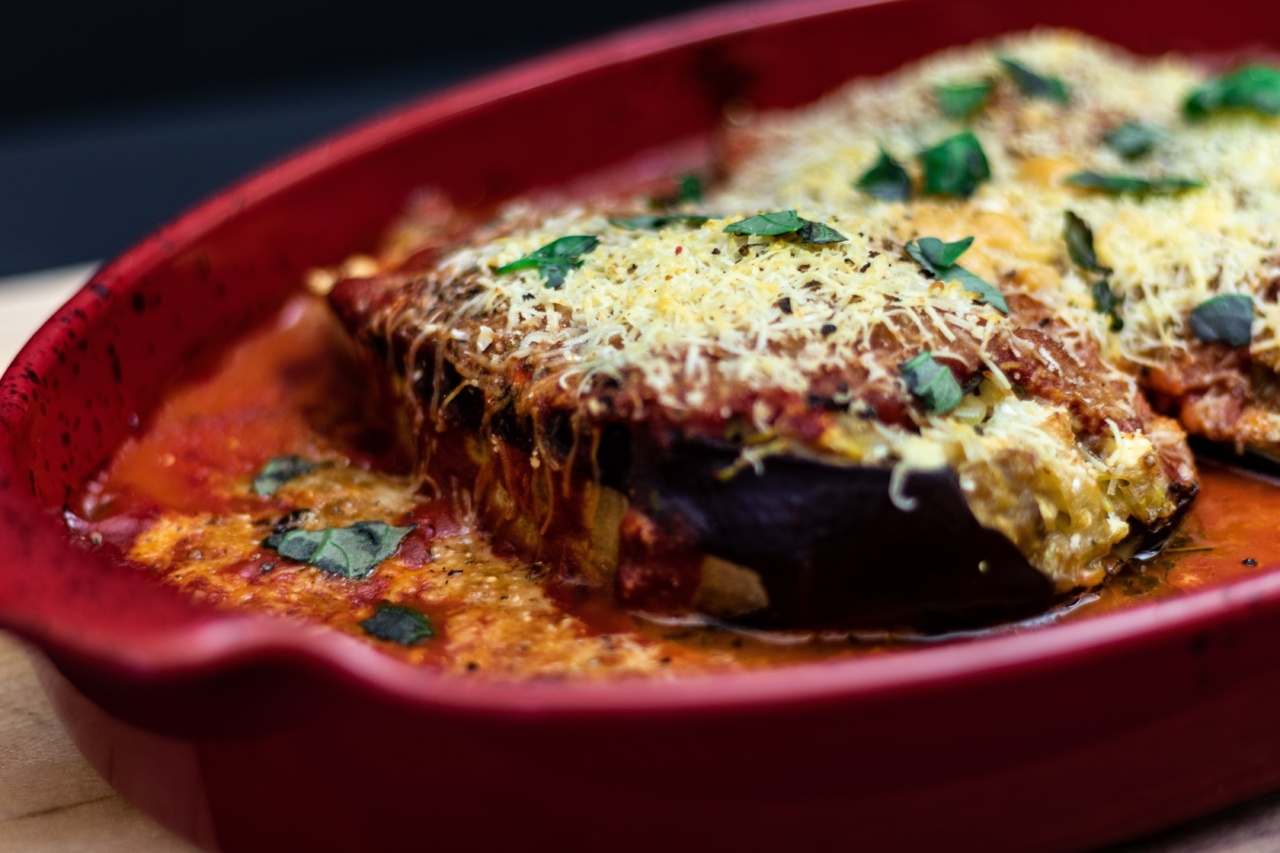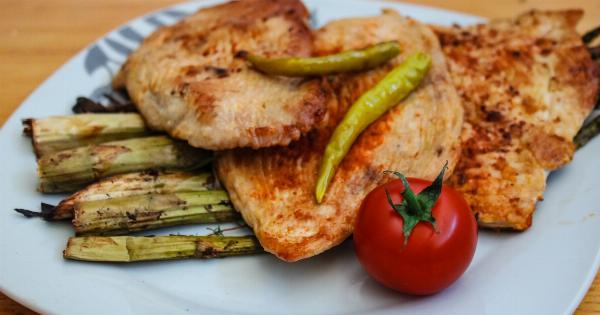Cooking meat in the oven can be a healthy alternative to grilling or frying, especially if you know how to keep all the important nutrients in the meat.
Baking meat is easy, and by using the right techniques, you can preserve natural flavors and create great meals that are good for you and your family. Here are ten tips for baking meat the healthy way:.
1. Choose Lean Cuts of Meat
Lean meats are the healthiest types of meats to cook in the oven. They’re low in saturated fats, calories, and cholesterol, and packed with essential nutrients that your body needs to stay healthy.
Some examples of lean meats include skinless chicken breast, turkey, pork tenderloin, and beef sirloin. Choosing lean cuts will help you to avoid excess fat and reduce the total calorie content of your dishes.
2. Marinate the Meat
Marinating is an excellent way to add flavor to your meat without adding extra fat or calories. Marinating can also help to tenderize meat, making it easier to cook.
You can use marinades made from herbs, spices, and vinegar to add flavor, and it’s best to marinate your meat for a few hours or overnight for best results.
3. Use Herbs and Spices
Herbs and spices can add flavor and nutrients to your dishes, and they’re a healthy alternative to salt and calorie-dense sauces.
You can use a wide range of herbs and spices to flavor your meat, such as rosemary, garlic, thyme, basil, oregano, and cumin. Not only do these add flavor, but many also have health benefits like anti-inflammatory and antioxidant properties.
4. Try Olive Oil
Olive oil is a great ingredient to use when baking meat. It’s a heart-healthy oil that’s rich in antioxidants and healthy fats. You can use olive oil to coat your meat before baking or use it to make a flavorful marinade.
It can also be drizzled over the meat after baking for some extra flavor.
5. Use a Meat Thermometer
A meat thermometer is a useful tool for ensuring that your meat is cooked to the correct temperature, which is important for food safety and flavor.
Different types of meats require different cooking times and temperatures, so it’s important to use a meat thermometer to avoid undercooking or overcooking your meat.
6. Add Healthy Sides
When baking meat, consider adding healthy side dishes to make a balanced meal. Vegetables like broccoli, asparagus, and green beans are excellent choices because they’re low in calories and packed with essential nutrients.
You can also try adding a salad or some whole-grain rice or quinoa for a complete meal.
7. Avoid High-Fat Foods
Avoid using high-fat ingredients like butter, cream, and cheese when baking meat. These ingredients add excess calories and can mask the natural flavor of the meat.
If you must use fat, use healthy fats like olive oil and avocado oil, which will add flavor and nutrients without adding excess calories.
8. Use Non-Stick Pans
When baking meat, use non-stick pans to avoid using too much fat. Non-stick pans make it easy to cook meat without sticking, which means you won’t need to add extra oil or fat to the pan.
Be sure to coat your pan with cooking spray or a thin layer of oil for best results.
9. Let Meat Rest Before Slicing
Letting meat rest before slicing allows the juices to re-absorb, making the meat juicier and more flavorful. It also allows time for the meat to finish cooking, so it doesn’t dry out when you slice it.
Let your meat rest for at least 10 minutes before slicing it.
10. Don’t Overcook the Meat
Overcooking your meat can lead to dry, tough meat that lacks flavor. By using a meat thermometer and following the recommended cooking times, you can ensure that your meat is perfectly cooked and retains its natural flavors.
Don’t be afraid to take your meat out of the oven a few minutes early and let it rest to finish cooking and reach the perfect temperature.





























